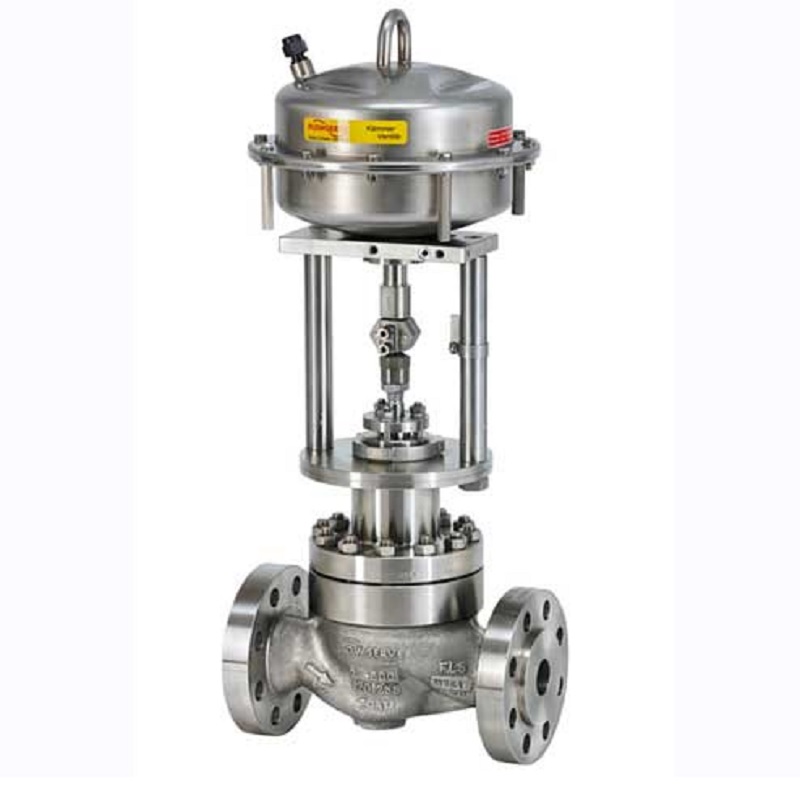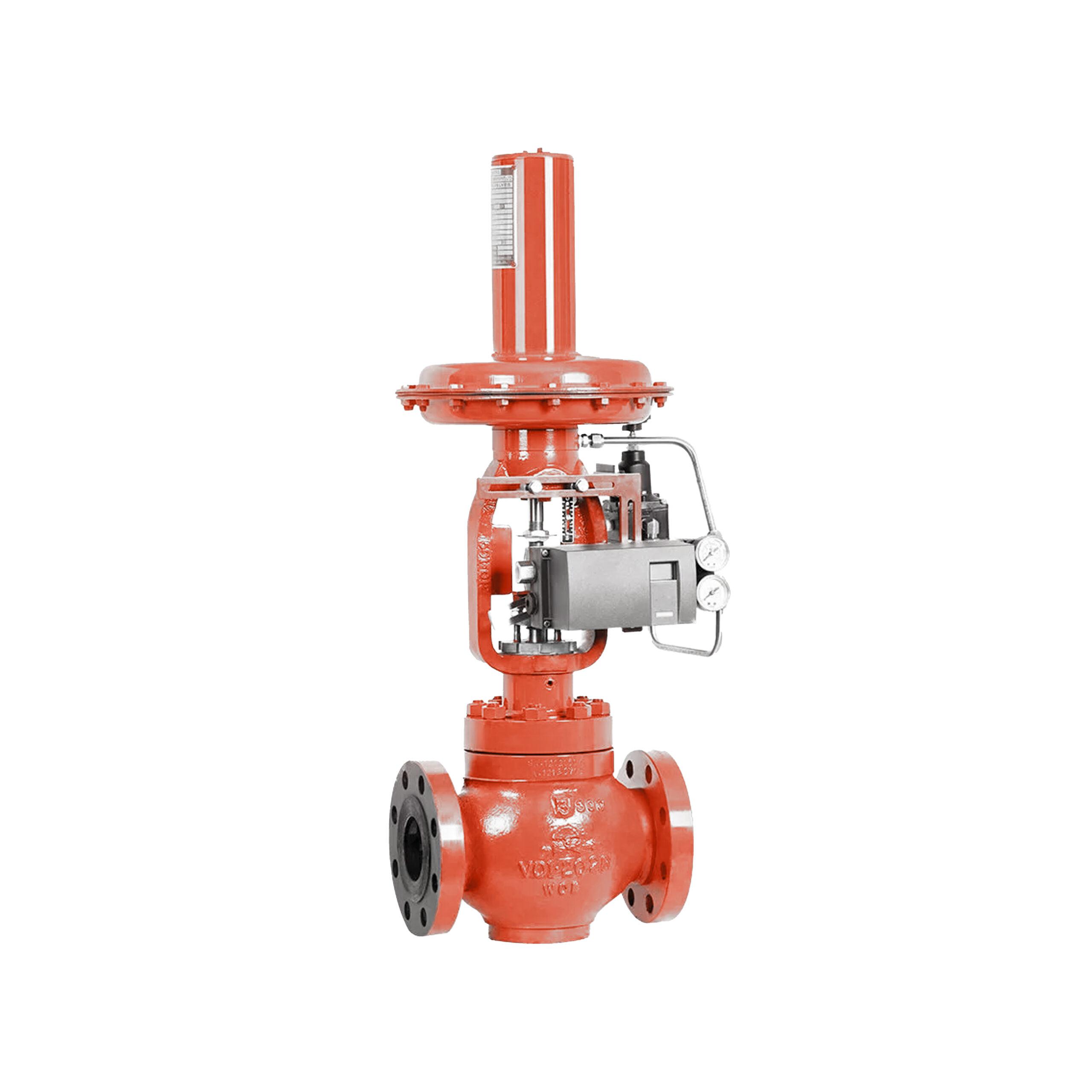Choosing the Right Control Valves: A Guide to Optimal System Performance
Choosing the Right Control Valves: A Guide to Optimal System Performance
Blog Article

Maximize Power Savings and Comfort With Advanced Structure Automation Controls
In the world of contemporary architecture and facility monitoring, the assimilation of innovative structure automation regulates stands as an essential improvement. The merging of modern technology and sustainability has birthed a brand-new era where power performance, comfort optimization, and functional streamlining are no longer possible realities however remote goals. By taking advantage of the power of automation, buildings can adjust, respond, and develop in means that were as soon as unbelievable. The potential for substantial energy financial savings and enhanced comfort is not simply an opportunity yet an assurance waiting to be fulfilled. This paradigm shift in structure management holds the vital to unlocking a globe where ecological conscientiousness and occupant health harmoniously coexist within the walls of our structures.
Energy Performance Advantages
Energy efficiency advantages can significantly minimize energy usage and functional costs in structures. By implementing energy-efficient techniques and modern technologies, structure proprietors and operators can attain substantial financial savings while additionally contributing to ecological sustainability. Among the key benefits of boosting power effectiveness in structures is the reduction of utility expenses. Energy-efficient systems, such as advanced structure automation controls, can maximize using sources like home heating, lighting, and cooling, causing lower power expenditures over time.
In addition, boosted power effectiveness can prolong the life-span of structure equipment and systems. By running more successfully, cooling and heating systems, lighting fixtures, and various other building elements experience much less deterioration, causing reduced maintenance and replacement prices. In addition, energy-efficient buildings usually regulate greater property values and rental prices, offering lasting economic advantages to proprietors.
In addition, energy performance can enhance occupant comfort and efficiency. Appropriately controlled interior atmospheres with ideal lights and thermal conditions create a more conducive and pleasant work area, resulting in boosted staff member contentment and efficiency. Overall, the energy performance benefits connected with advanced building automation controls are multifaceted, incorporating price savings, ecological stewardship, and occupant health.
Improved Convenience Control
Enhancing convenience control in structure environments needs an advanced assimilation of innovative automation systems for ideal passenger wellness. By making use of innovative building automation controls, facilities can customize the indoor setting to satisfy the particular needs and preferences of occupants. These systems make it possible for exact law of temperature, lighting, and ventilation, producing a comfy and productive environment. Occupant fulfillment and performance are closely connected to thermal convenience, making it necessary to have systems in location that can adjust to altering conditions in real-time.
By including these innovative controls, buildings can not only enhance convenience but likewise enhance energy efficiency by maximizing system operations based on actual tenancy and use patterns. Eventually, prioritizing passenger comfort with innovative automation systems leads to a more delightful and much healthier indoor environment.
Operational Performance Improvements

In addition, the execution of real-time tracking and analytics devices allows structure operators to recognize power ineffectiveness and operational abnormalities quickly. By constantly keeping track of energy usage patterns and system performance metrics, adjustments can be made in real-time to enhance energy usage and make sure peak functional efficiency. control valves. Additionally, integrating need action techniques into building automation controls can additionally boost functional performance by dynamically adjusting energy use based on grid conditions and rates signals
Indoor Climate Optimization
Efficient indoor climate optimization is a fundamental aspect of building automation controls, making sure passengers' convenience and wellness while making the most of energy financial savings. By utilizing advanced sensors and controls, building automation systems can constantly keep an eye on and change temperature, moisture levels, air quality, and ventilation to develop an optimum interior setting. Preserving comfortable and constant problems not only boosts occupant contentment yet also boosts productivity and general wellness.
Indoor environment optimization also plays a vital duty in power effectiveness. By fine-tuning home heating, air flow, and cooling systems based upon real-time information and occupancy patterns, constructing automation controls can substantially decrease power i loved this consumption - control valves. For circumstances, applying methods such as demand-controlled air flow and thermal zoning can aid decrease energy waste while ensuring that each location of the building obtains the required conditioning.

Sustainable Environment Production
Structure automation manages not only optimize interior environment conditions for energy performance and occupant comfort yet likewise lay the foundation for developing a sustainable environment through critical administration of sources and systems. By incorporating advanced building automation innovations, such as sensors, actuators, and smart software application, facilities can monitor and change energy usage in real-time to minimize waste and reduce their carbon footprint. These systems allow predictive upkeep, recognizing prospective problems prior to they intensify and optimizing devices efficiency to improve index durability and performance.
In addition, sustainable environment production extends beyond energy administration to encompass water preservation, waste reduction, and indoor air quality enhancement. Building automation controls can regulate water usage, spot leakages, and guarantee correct garbage disposal practices, adding to general sustainability efforts. Furthermore, by keeping track of and managing ventilation and filtration systems, these technologies boost resident health and efficiency while lowering energy consumption connected with cooling and heating operations.
Verdict
In conclusion, progressed structure automation regulates offer considerable benefits in regards to energy savings, convenience control, functional effectiveness, indoor environment optimization, and creating a lasting atmosphere. By executing these controls, buildings can attain optimal performance while minimizing power usage and enhancing passenger comfort. It appears that making use of sophisticated automation modern technology is crucial in enhancing building efficiency and producing a much more lasting future.
Energy efficiency benefits can considerably decrease energy intake and functional costs in buildings. Overall, the energy effectiveness advantages connected with sophisticated building automation controls are diverse, encompassing expense savings, environmental stewardship, and occupant wellness.
Additionally, including need feedback strategies right into structure automation controls can further improve functional efficiency by dynamically changing power use based on grid conditions and rates signals.
Building automation manages not just enhance indoor environment problems for power performance and resident convenience however likewise lay the foundation for creating a sustainable atmosphere through strategic monitoring of resources and systems.In verdict, progressed building automation manages offer considerable benefits in terms of energy cost savings, convenience control, operational efficiency, indoor environment optimization, and developing a lasting discover here setting.
Report this page